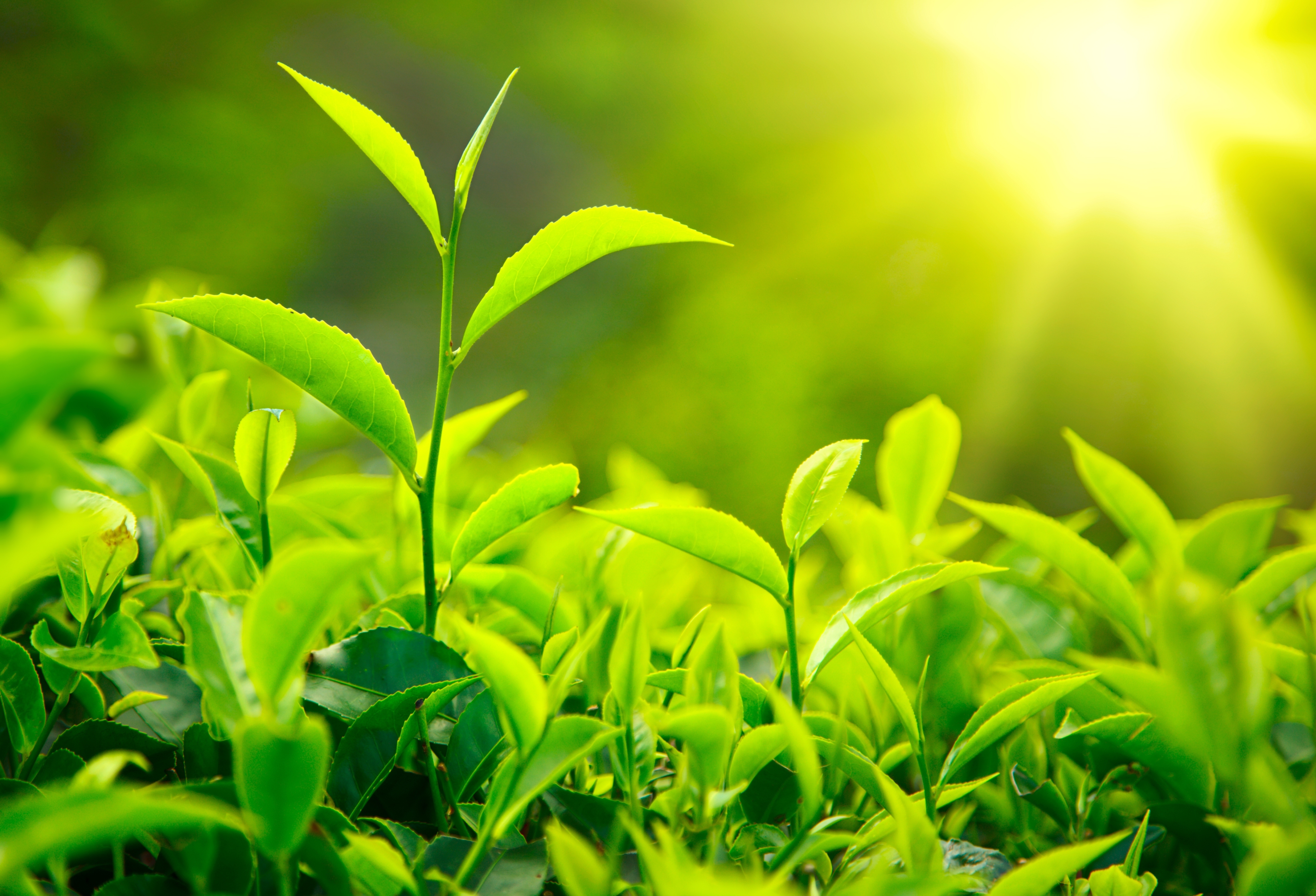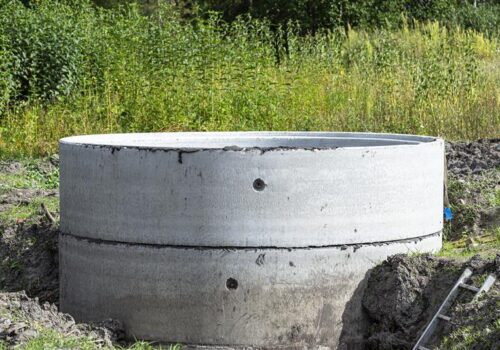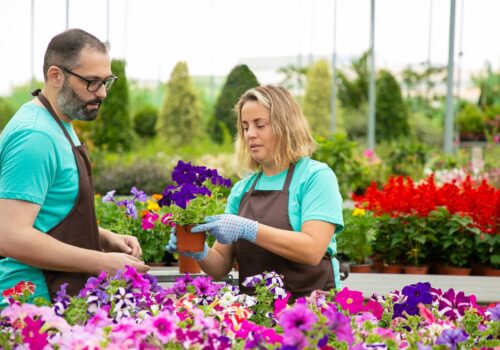The Tea Plant, a Tree Species Native to Asia
All the tea the world drinks comes from the species Camellia sinensis, a native of China and Northwest India. Within the species are the commercial varieties Camellia sinensis sinensis, which has the smaller leaf and grows best in cooler, higher altitudes, and the broad leaf Camellia sinensis assamica, from as the name suggests Assam. This variety prefers more moist, tropical climates. Other than asia, we also experience Tree Services in Gold Coast. So, there is nothing hidden in plantation fact.
Camellia Sinensis, the Tea Plant
Tea grows best where there are misty and humid conditions that shade the plants from direct sunlight, and where there are significant temperature variations between day and night. Camellia sinensis is intolerant of frost, requiring for optimum growth a temperature range of 14 to 27° C where rainfall is at least 120cm per year. In its natural state camellia sinensis grows into a sturdy, sprawling tree of up to 17m in height.
The world best tea comes from tips and leaves that have developed slowly. The higher altitudes are conducive to this, hence the often-quoted Chinese saying, “superior tea comes from high mountains”. So that tea can be grown economically around the world in a wide variety of conditions, many new cultivars have been produced over the years.
Major Tea Growing Regions of the World
Camellia sinensis is grown commercially in over 15 countries in Asia, Africa and South America, from mountain fields 2000m above sea level near the equator to lowland plantations reaching to the temperate zones. Over half the world’s tea is produced in China and India.
China: Camellia sinensis grows in large commercial quantities in several southern Chinese provinces, with a wide range of end product tea varieties originating in the different geographical areas. Fujian is famous for oolong, Zhejiang has its longjing, while Yunnan is home of pu-er.
India: The northeast of India is the largest tea-growing region of the sub-continent – Assam and West Bengal, famous for its darjeerling. In the northwest, the state of Himachal Pradesh produces kangra, while the southern states of Tamil Nadu and Kerala produce nilgiris.
Kenya: Tea was introduced to Kenya by British settlers, and the African nation is now the world’s third largest producer, serving mainly the bulk consumer market.
Sri Lanka: The black Ceylon teas come from hilltop to lowland in the southern half of the island of Sri Lanka.
Japan: After tea was introduced from China in the 12th century it became an important aspect of Japanese culture. Matcha, much of it from Aichi Prefecture in central Honshu, is used in the very formal and precise chado (Way of the Tea) ceremony.
Picking Tea
The tea plant is constantly pruned to a height that is convenient for the pickers. The teams in their broad-rimmed hats work the neat rows plucking the newest growth that is necessary for quality. In most tea fields it is the bud and the next two leaves that come away in the picker’s fingers.
In the warmest regions tea picking is an almost constant activity as the camellia sinensis continues to grow. But the main picking seasons are spring, summer and autumn, each area of the plantation getting regular attention on a rotation basis. The process of constant pruning by hand keeps the plant in the shape needed for easy harvest, and ensures they retain their vigor.
Machinery has not proved as effective in tea picking as it has in the harvest of other crops. It still takes the human eye to see what should be picked, and the human hand to remove it from the plant. A bag of freshly picked tea weighting 20kg will produce about 5kg of dried tea.
The many varieties of tea that are drunk worldwide all come from the same species. It is the way the leaves are processed after harvest that determines what type of tea they will become. The natural growing environment and the art of the tea maker both have a part to play in the resulting product.





